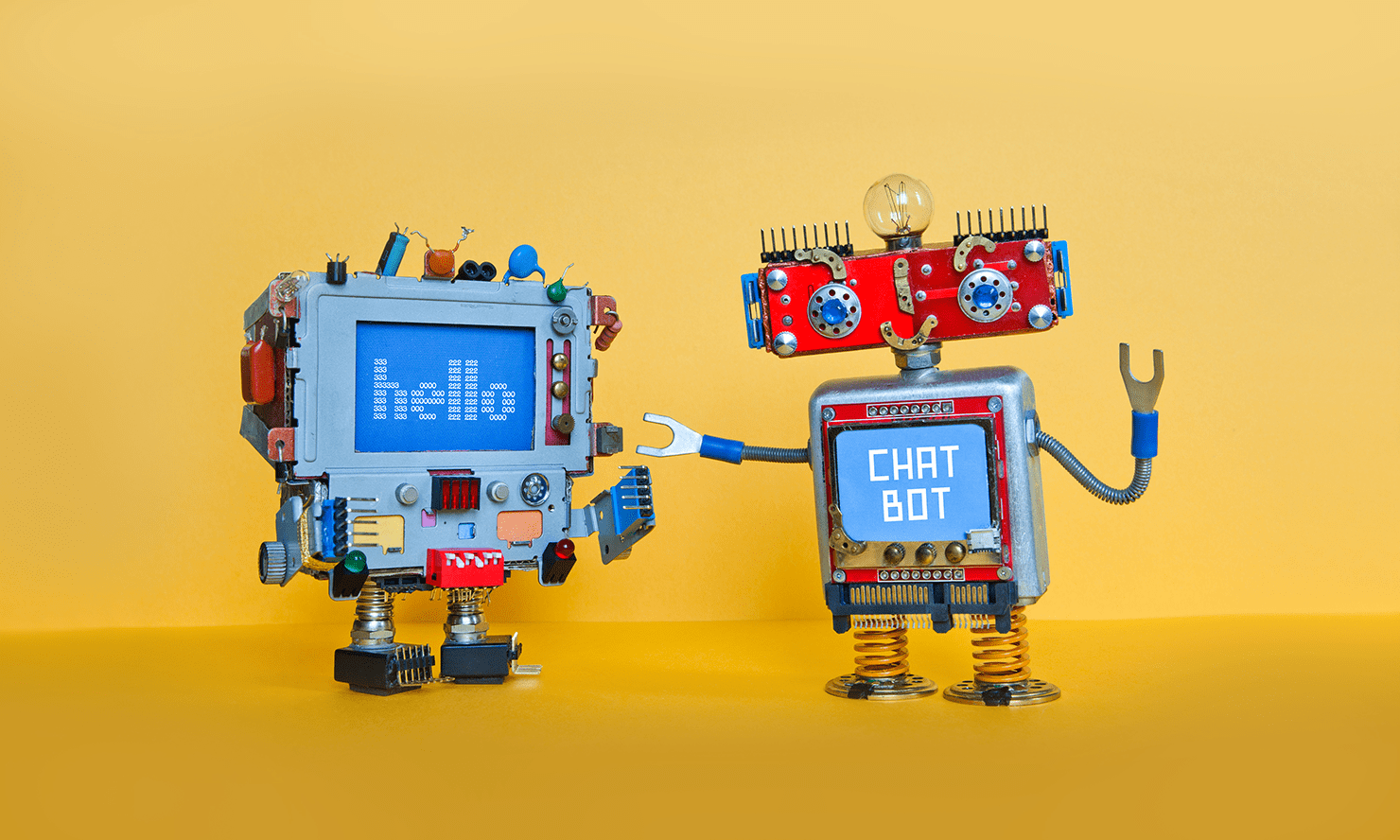You probably know by now that social media is a must as you grow your membership-site business. And you probably know firsthand how time-consuming running a social media campaign can be.
Hopefully you’ve caught our posts about tools that can help you facilitate your social media marketing. But as with anything in running a business—and as with anything involving social media—there are a few do's and don’ts when it comes to using social media bots and other automation tools.
Social Media Automation
In case you’re late to the party, here’s a quick recap: social media automation is when you use software—or tools—to schedule and post content across your platforms.
This software streamlines social media scheduling, curating, and posting. It also gives you helpful analytics and metrics reports so you can see how your posts are performing and resonating with audiences.
Of course, there are things you can’t do with automation tools. And there are things you shouldn’t do with automation.
Social media automation tools can’t:
- Engage in meaningful conversations with followers
- Post the newest, freshest, most exciting content (meaning, it can load new suggestions for you, but you still need to choose what to share and when)
- Create content for you
These and other essential activities for productive social media should be performed by humans who understand your membership site’s purpose, goals, and needs. After all, one of the main purposes of social media is to connect with people on a more personal level.
(Some) Bots Are Bad
One component of social media automation is bots. Bots are parts of software—algorithms—that use artificial intelligence to do a variety of tasks. These tasks might be gathering information and interacting with members, customers, and followers.
Bots used inside social media platforms and automation tools are like miniature virtual assistants—think chatbots—who can help you run your social campaigns.
Chatbots can help you provide simple and quick customer service, guide members through the sales process, and even offer targeted products based on their avatar.
However, bots can harm your social media presence and even your business (not to mention invite malware on your computer!). In the general online presence, a bad bot can do major damage by gathering passwords, logging keystrokes, and even gathering financial information.
It’s also been shown that bots can influence trending topics on social media platforms, effectively persuading the opinions of real human users.
Bots can like, follow, and comment on other users’ social media platforms, which may seem like a handy feature. But because they aren’t human, bots don’t understand human context.
They may like, follow, or retweet a hashtag they’ve been programmed to follow that may not necessarily reflect your brand’s ideals or your personal values.
They may also follow accounts that aren’t necessarily your target audience or customer avatar. This can cause a disconnect with your followers, some of whom you've worked hard to gain.
And there’s one more thing to be especially wary of—bots who create fake accounts or steal people’s online identities to promote spam or are part of the “buy X amount of followers” packages shady-businesses offer.
The followers on those accounts are bots and merely serve to inflate the follower count. It’s a quantity-over-quality situation where you spend money to get followers but not one of those thousands of followers ever purchases your product.
In 2017, Instagram started to crack down on businesses who offered (for a price, of course) fake follows, likes, and comments on their platform. The New York Times published an in-depth article in 2018 about the “black market” of social media bots and fake followers.
We’re not saying you should be scared to use bots—chatbots, specifically—but beware of any bots who engage in unsavory behavior. It’s important you thoroughly research the bots you choose to use (and interact with) and remember that the best ones are those who assist you, not pretend to be you.
Always keep in mind that the quality of followers, rather than the quantity of followers, is what really matters.
Warning Signs
Below is a list of things to watch for when it comes to bad bots or those using bots in unprofessional and/or unethical ways:
- Fake accounts: those who offer you followers for a price, or those who follow you (don’t engage!)
- False followers or popularity: those who offer to increase your follower count, retweet on your behalf, or give your posts likes or comments for a price
- Competitor attackers: bots who bulldoze your competitors by giving them bad reviews or who engage in other unethical and illegitimate business practices
- Propaganda pushers: the warning above that bots can retweet something on your behalf if programmed to follow a hashtag can backfire if they retweet something that may contribute to the wildfire spread of fake news
- The use of too many bots: don’t forget that social media is a way to connect with members and followers on a personal level and that using too many bots creates a disconnect
Create Legitimate and Safe Bots
If you’re looking for a safe place to create your own bot, try using Facebook Messenger to build your first. And be sure to check out Chatfuel, as it is the world’s leading chatbot platform, used by well-known companies like Adidas, HTC, and JustEat.
Conversable is a platform for automated messaging and voice assistants. Facebook itself is a customer, as are food-giant Pizza Hut and a number of grocery and convenience store chains, like Whole Foods and 7-Eleven.
While we’ve shown you the bad when it comes to automated social media bots, we’ve also shown you how they can be used for good. So we want to know: Do you use bots? Have they helped your membership site? How so? We’d love you to share your experiences with our readers. Post a comment below!













Add a Comment